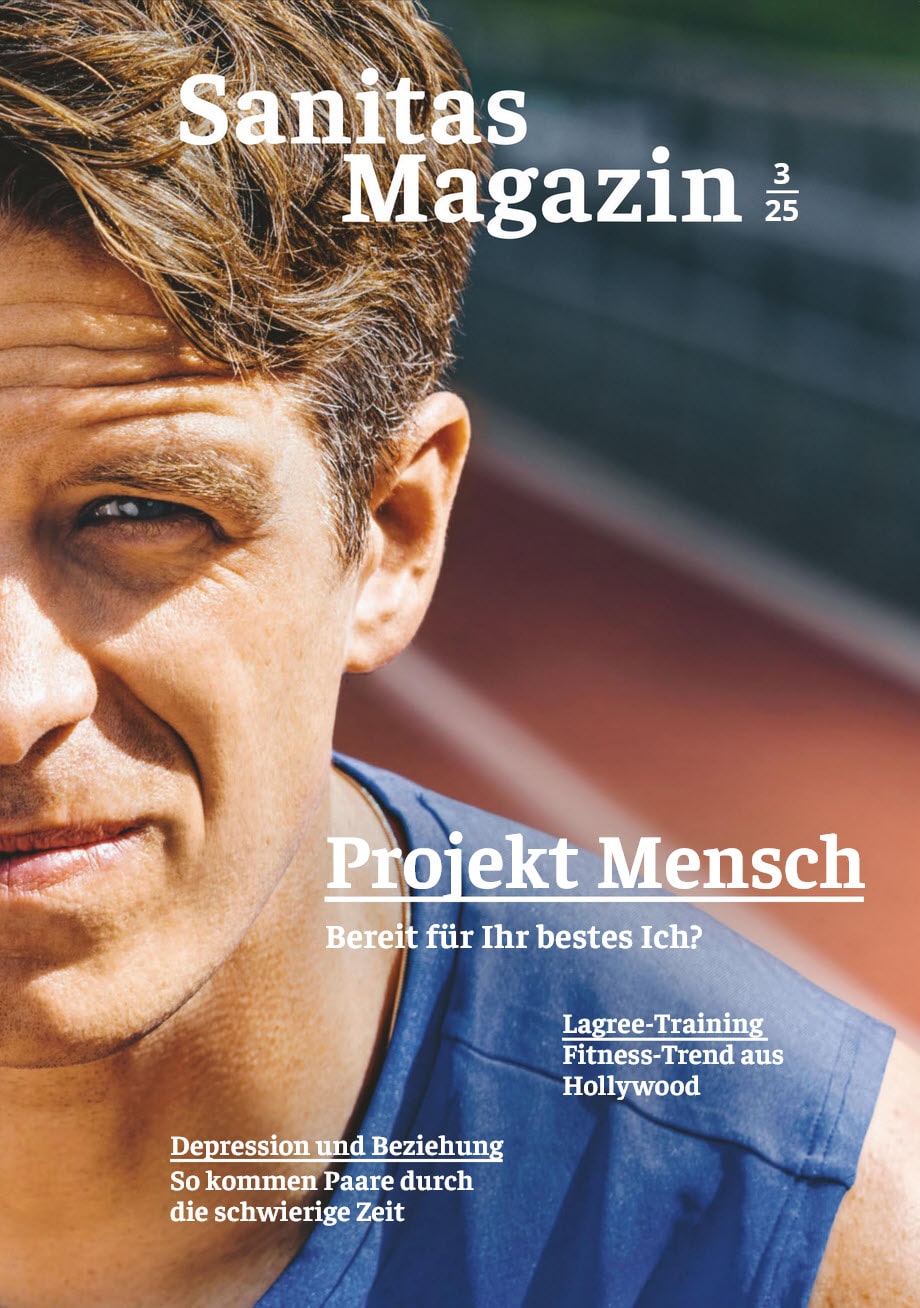Families in lockdown: I’m bored!
Schools and kindergartens are closed. All their friends are in lockdown too. Football fields are out of bounds, the homework’s done, and you’ve run out of ideas for making things. Boredom strikes! Why a healthy dose of boredom won’t do your kids any harm, and is actually good for them.

